Most Americans felt the dust would settle after the election results were finalized and looked forward to things getting back to normal. What we’ve seen though is an increase and escalation in anger, hate speech and divisiveness. Strong polarization is evident not only in the media and our communities, but also in the workplace. From decades of work around diversity and inclusion, differences of opinions have been celebrated as the strength and fabric of a healthy work environment. But now, differences and disagreements are often relationship-ending and deal-breaking instead. This phenomenon is damaging in many ways from team dynamics to customer service. Major change is required and it must be radical and swift in order to reestablish clarity within our organizations and refocus on a common vision and shared goals.
What is a leader to do in this volatile climate? It is imperative that leaders understand and embrace emotional intelligence more than ever before, starting with their own personal views. Daniel Goleman, in his article “Divisive Times Call for Emotional Intelligence” emphasized the competencies required to have a positive impact on today’s workplace including conflict management, emotional balance, empathy and teamwork. We see emotional balance by far as the most critical behavior for a mature leader. In order to influence others, leaders must first be honest with themselves about their own perspective, deep-seated biases and preferences. Only then can the leader acknowledge how these factors drive their behavior. If a leader is unaware of the impact of their own emotions, it would be difficult, if not impossible, to foster a healthy environment, manage conflict effectively, demonstrate empathy or help a team to heal and refocus. It begins within.
We use a Leadership 360 tool that measures 22 leadership behaviors, builds self-awareness and encourages personal reflection. One of these 22 behaviors is restraint. While a leader must demonstrate a certain amount of excitement and energy, they must also balance their behavior by making sure they know when and how to use restraint to control their emotional responses to situations that arise. So while a leader is called on to not shy away from a difficult conversation or atmosphere, it takes restraint to resolve differences without attacking or demeaning individuals. A leader must be ready to demonstrate this skill for others who will learn to emulate appropriate behavior, resolve differences and restore relationships. In other words, a leader has to be willing to look at themselves and if necessary challenge what they find and change their perspective. Someone said, “you can’t heal what you hide”. Leaders have to look deep within in order to lead others to the truth and to build a wholesome work environment.
“The most powerful leadership tool you have is your own personal example.” John Wooden
